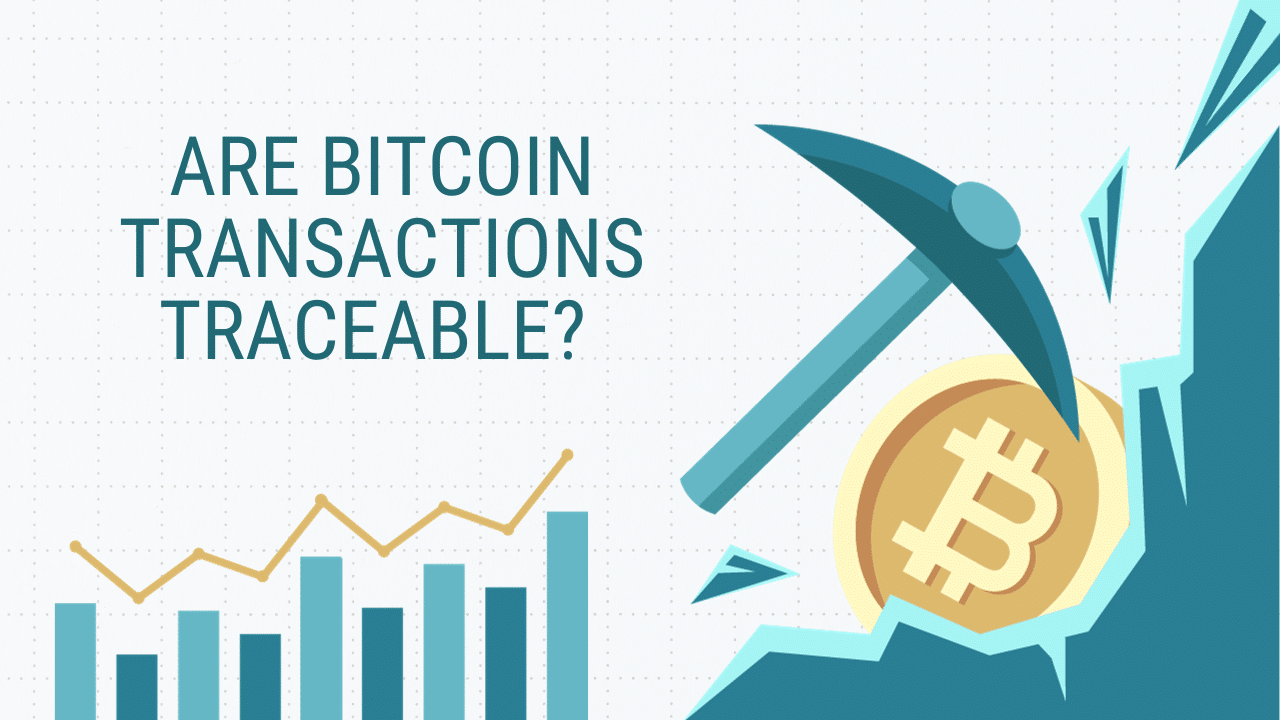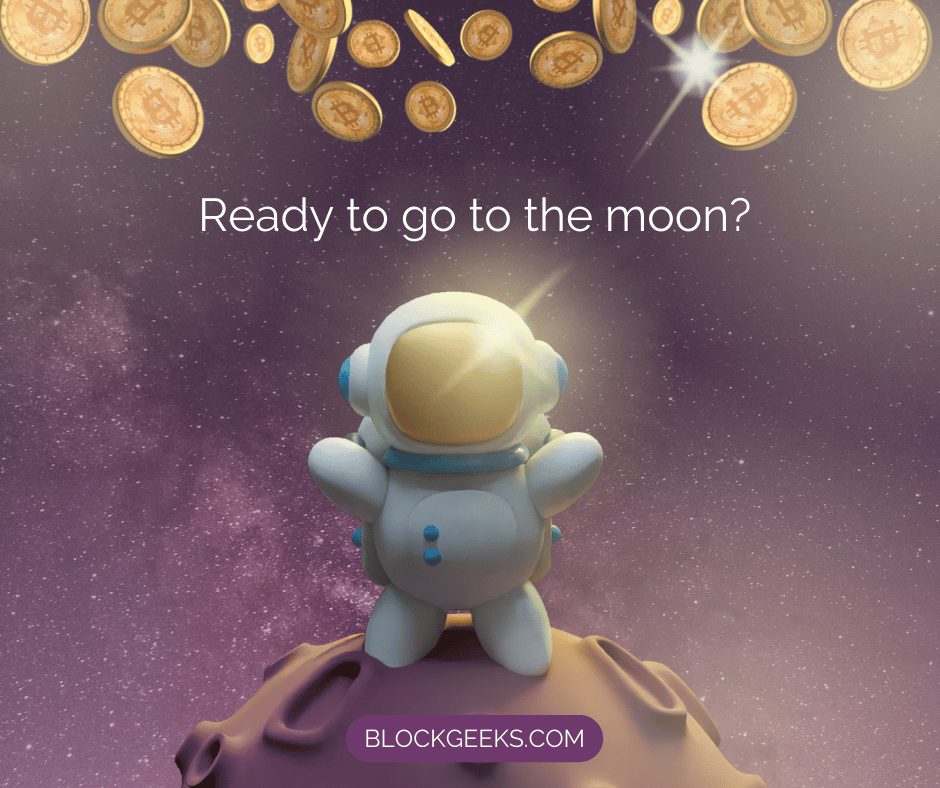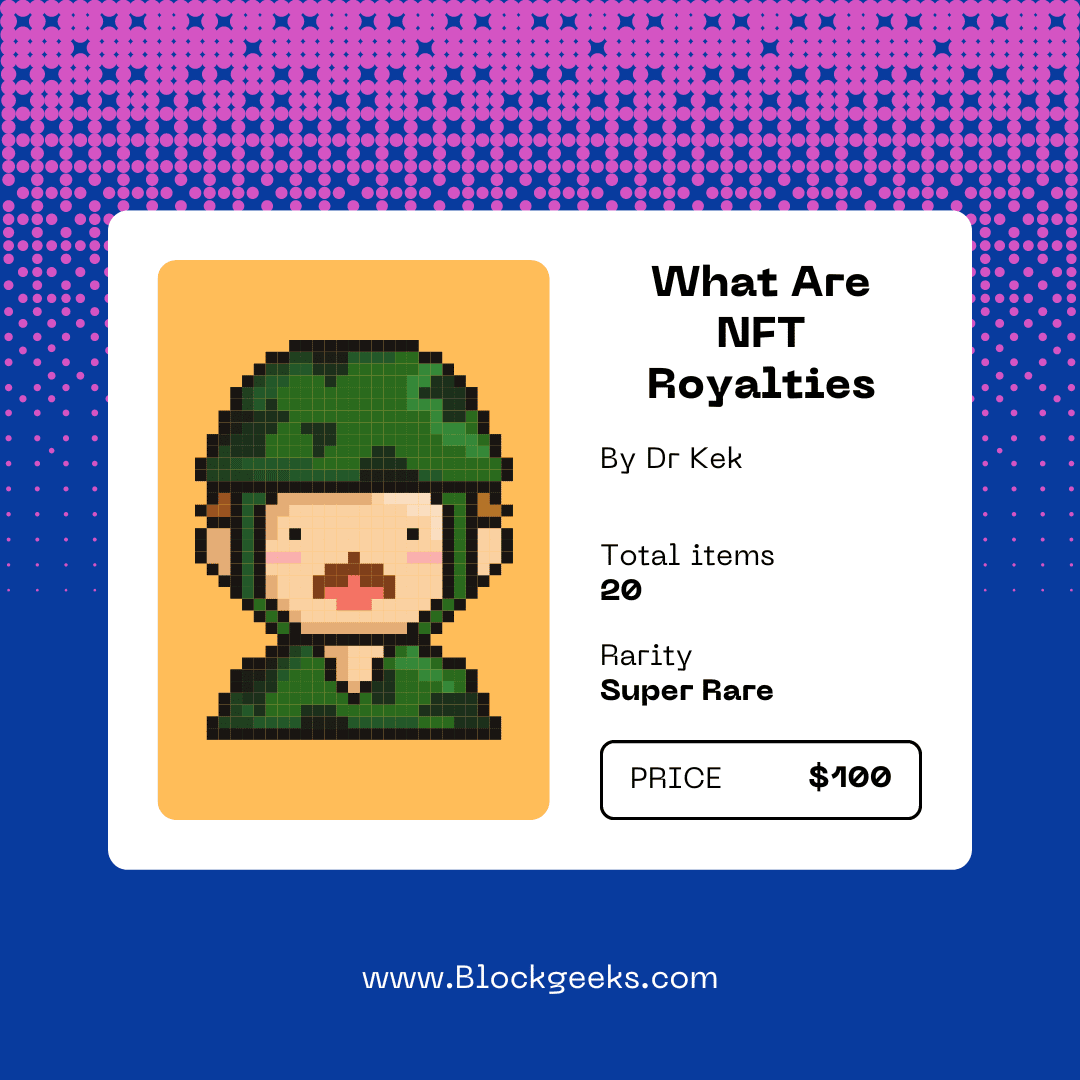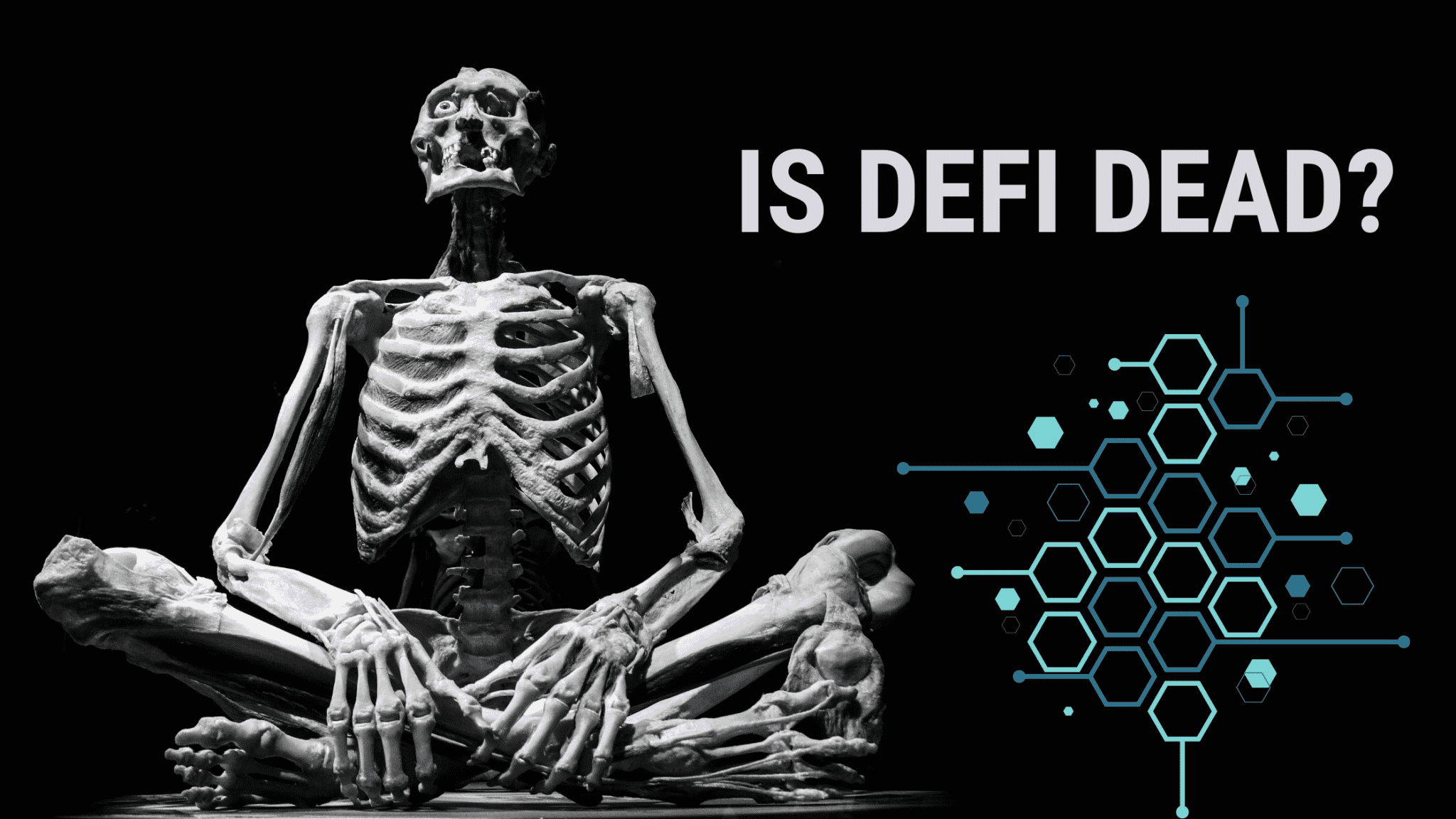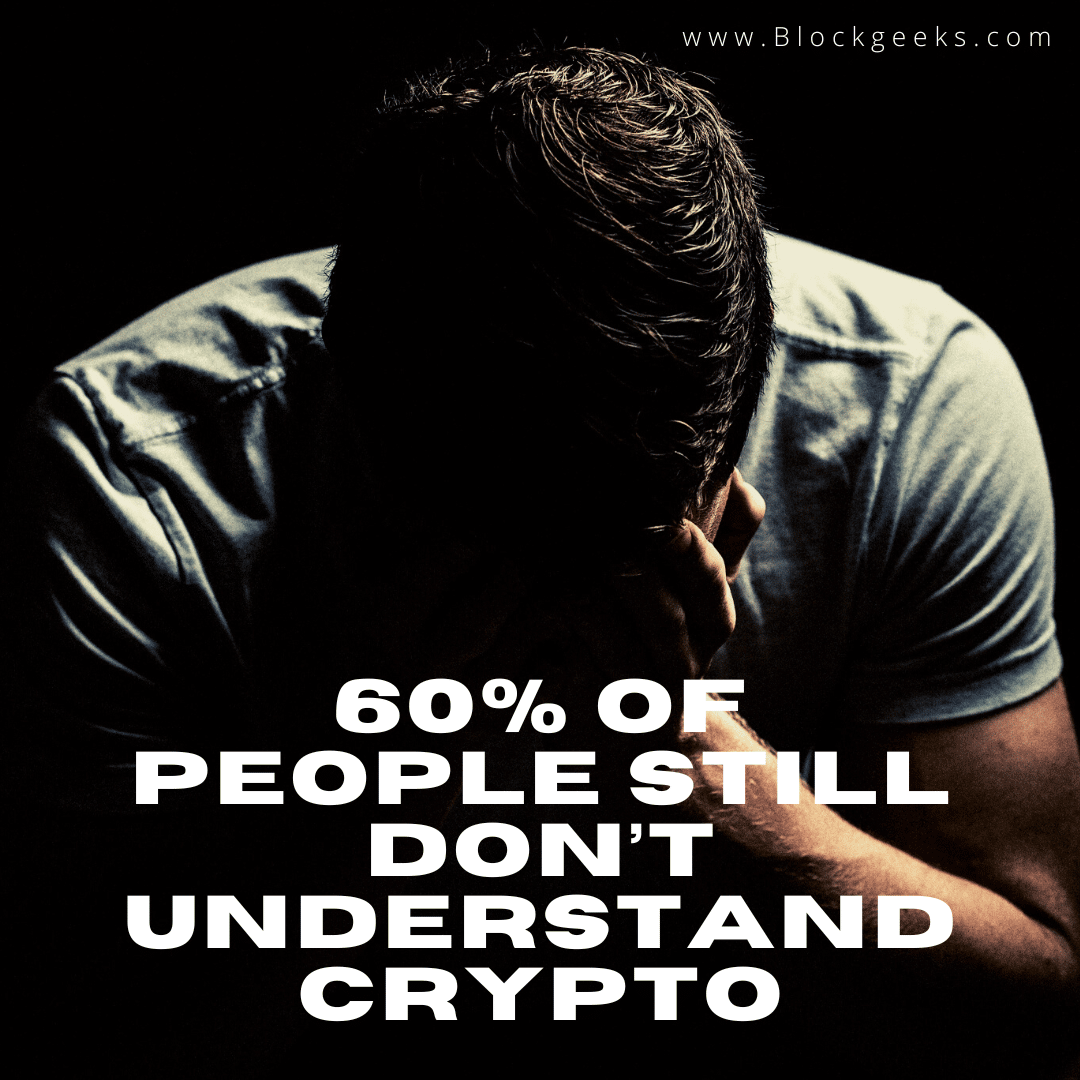 Navigation
Navigation
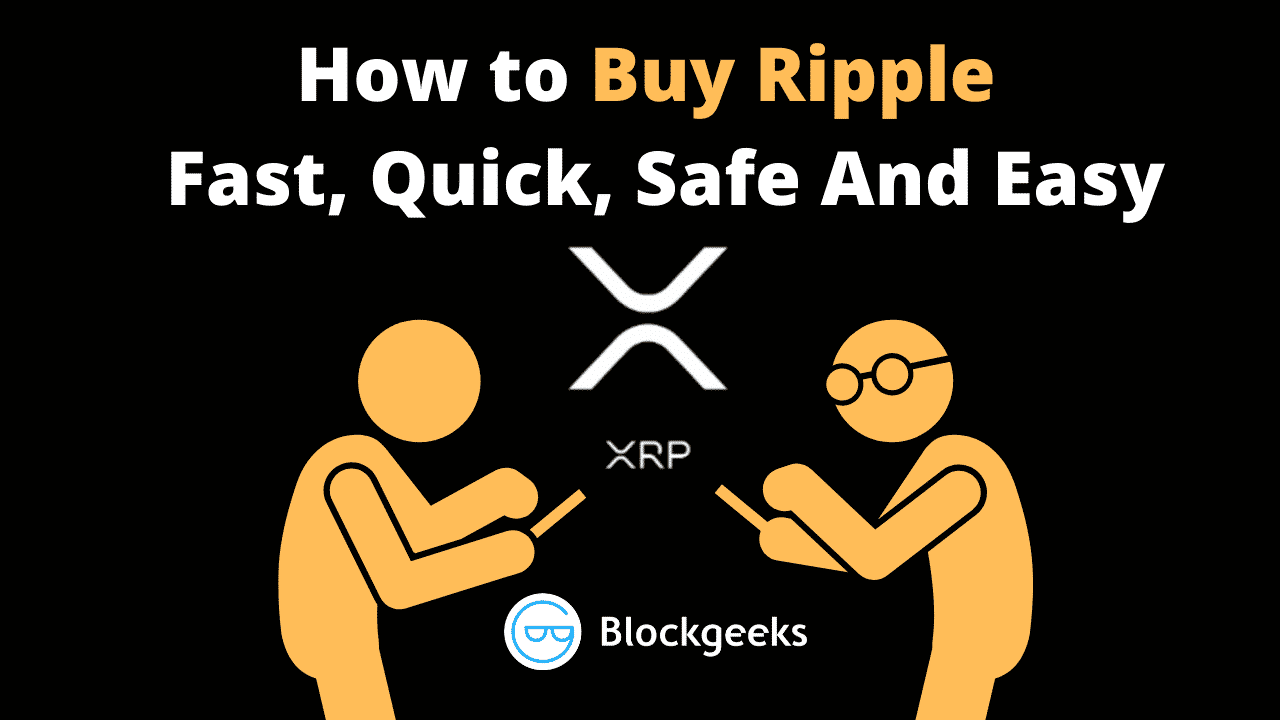
How To Buy Ripple – Fast, Quick, Safe And Easy
|
|
A lot of people both inside and out of the cryptocurrency community want to learn how to buy Ripple tokens or as they are known, XRP. Ripple is a very special and unique project built on a blockchain. The project’s mission to make it easier for central banks to exchange large amounts of money through a decentralized, trustless network.
Large amounts of money in this case means millions or hundreds of millions of dollars, all in a secure fashion and for just a small fraction of the cost of what these institutions normally spend to do the same thing through the traditional banking system. The Ripple network is very efficient. So much so that a competing project like Stellar, which is also one of the top cryptocurrencies in the world, takes much of its coding philosophy from the original Ripple whitepaper.
While considering the project’s broader mission, it’s important to note that Ripple is really two projects in one. Ripple serves central banks as noted above, but the XRP token is something that gets exchanged on the Ripple network, allowing users to trade value.
Ripple is different from Bitcoin and Ethereum. It isn’t truly decentralized and it doesn’t rely on smart contracts to fulfil transactions. The creators of the network also claimed that the Ripple network can settle up to 1,500 transactions per second. Bitcoin and Ethereum can only handle a fraction of that.
The points of difference between Ripple and other projects will be clear by the end of this post. Investors in the cryptocurrency space both the new and old might just be intrigued enough to buy some XRP tokens and be associated with the project.
A Deep Dive into Ripple and XRP: How to Buy Ripple

Ripple aims to offer fast, scalable, stable and nearly cost free cross-border transactions without the risk of chargebacks to central banks. That value proposition is really attractive for institutions of their trading hundreds of millions of dollars in foreign currencies between one another every single day.
Ripple arrived on the scene in 2012 with the launch of its network. It’s now one of the top projects in the world according to market capitalization. CoinMarketCap.com currently values the project at over $8.1 billion. While it does compete in the same industry as Bitcoin, the two serve different niches. Bitcoin serves the broader public and is completely decentralized. Ripple is owned by a company. The fundamentals of both projects are also completely different.
Bitcoin stimulates an economy using a consensus algorithm that depends on mining. In contrast, all 80 billion XRP tokens were made available to the public as soon as the Ripple blockchain launched. 20 billion tokens were held back by the owners of the project.
The key differences that Ripple’s blockchain is a distributed open source Internet protocol consensus ledger that allows clients to integrate the Ripple network into their own systems.

Photo courtesy of Steemit.
Ripple in Action
The international remittance service MoneyGram is one of many Ripple clients using the network. The payment network is called xRapid.
Let’s say a transfer on the MoneyGram network is happening using the American dollar and the Indian rupee. The transfer has to go between stakeholders using a bank that would take several business days to exchange one currency for the other. To reverse the transaction, the same thing would need to happen.
Ripple’s XRP token allows both stakeholders to exchange the token instead of relying on a bank. Since the Block chain is there to take care of the transaction, the several business day waiting period is no longer necessary.

Photo courtesy of Xrypto.co.
Why Ripple is Not Like Other Blockchains
Here’s how Ripple’s protocol differs from Bitcoin mining and Ethereum smart contracts. Ripple uses something called a Unique Node List. This list tells other nodes in the network that they can trust those registered on the list. In the case of Bitcoin, every single node on the network gets a vote to determine consensus. But with Ripple, only the nodes on the list have a say. Overall, the UNL represents a subset of the network and this gives Ripple control over the inner workings of XRP tokens. It’s partly what makes the Ripple network faster than most.
4 Key Participants in the Ripple Network
There are four key constituents that contribute to the Ripple network’s economics or exchange of value. They include:
- Gateways
- Validator nodes
- Individual wallet owners
- Market makers
Gateways function like banks. They allow users to exchange XRP tokens between each other. The main difference is that the end result of these transactions is stored on a shared ledger, where as a traditional bank would keep all of that information a secret.
Validator nodes are selected by the UNL and confirm transactions. When the majority of validator’s agree that a transaction is real and genuine, it gets registered.
Individual wallet owners are the ones who make currency and value move across the network. They store that value in their own wallets and most importantly, they understand the unique value proposition that Ripple provides. They are the lifeblood of the Ripple economy.
The market makers are the ones who provide liquidity to the network. They are just as it’s not more important than wallet owners. Market makers are the ones who provide the real volume, the assets that trade hands.
Why So Many Criticize Ripple and XRP
Ripple’s set up is what allows its blockchain to process up to 1,500 transactions per second, way more than the seven transactions per second that can be processed on the Bitcoin network. Critics of Ripple however point out that the UNL approach the project takes to reaching consensus means that the network isn’t truly decentralized. Only a fixed number of nodes, specifically ones on the list, can determine consensus. This means that not everybody has the same power or ability to participate.
What also gives investors caution is that the creators of the Ripple network, i.e. the private company that is behind the project, has the right to 20 billion tokens or 20% of all the tokens on the network. While it is customary for the founders of a project to keep some of their digital assets to themselves, 20% is a large number.

Photo courtesy of Hacker Noon
Buying XRP Tokens
There are three different ways investors can get their hands on Ripple’s XRP tokens. Exploring those different ways means registering for different platforms, paying different fees and following a different purchasing process. The process that works best for the individual investor comes down to how fast they want their XRP tokens and how much they are willing to spend for the convenience.
How To Buy Ripple or XRP
Coinbase is probably the most popular platform in the world for purchase in cryptocurrency instantly. That’s because it super easy to do just that. Prospective customers just sign up for a free account. They then provide government identification and take a photo using their Webcam to initiate the KYC process. The entire process takes no more than a few business days.
Once registration is complete, users can add their credit card information to the Coinbase interface. Coinbase doesn’t let users buy as much cryptocurrency as they want in the beginning. There’s a purchase limit. It’s a security measure. After some time, Coinbase raises the instant purchase limit but there’s no such thing as requesting it proactively. It’s a waiting game. That’s the downside of using Coinbase and demanding the convenience of an instant purchase. Canadians will also have trouble using Coinbase because many Canadian credit cards are blocked from being used on Coinbase.
If you are in Canada, the best option to get XRP tokens is to use Bitbuy. Bitbuy resides in Canada but has visions of serving the rest of the world. It’s a top-notch platform with both a website and mobile app that are easy to use. Investors can log onto the exchange and make trades for larger volumes of XRP tokens after completing KYC verification.
A third option for experienced traders would be a platform like Binance. Binance is based out of China but also has a new platform available to American users. Binance also has its own token. Owners get to save on trading fees. Users also earn referral fees in the form of cryptocurrency for introducing new people to the platform. It’s an innovative affiliate marketing model that has made Binance the leading online cryptocurrency exchange in the world.
Canadian investors ready to take the leap into Ripple and get their hands on XRP tokens can register for free today at Bitbuy.

